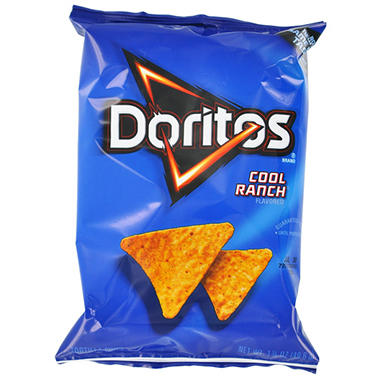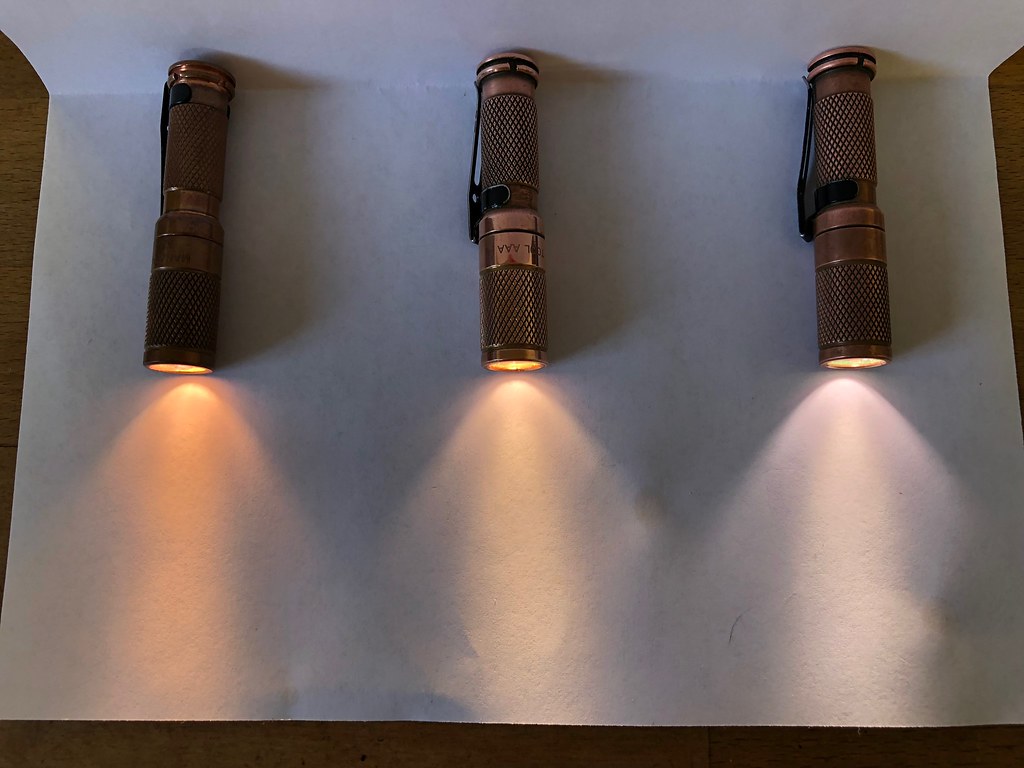The color of a flashlight can be matched to the color of the environment.
Lets start with two flashlights, one is 3000k, the other is 6000k.
Now lets use them in two different ambient light scenarios, outdoors in sunlight, and indoors under incandescent light.
Lets mix it up and see what happens
Scenario:
Sunlight, working on a car, using a flashlight to illuminate dark, shaded areas around the motor.
1. The 6000k light will look less different than the ambient sunlight that our brain is adapted to at the time.
2. The 3000k light will look much more orange than the ambient sunlight that our brain is adapted to at the time.
Conclusion, the best choice for working on a car during the day is the 6000k light.
…
Scenario:
Indoors under 3000k incandescent house light, using a flashlight to illuminate a dark closet.
1. The 6000k light will look much more Blue and glaring, than the ambient incandescent light that our brain is adapted to at the time.
2. The 3000k light will look very similar in color to the ambient incandescent light that our brain is adapted to at the time.
Conclusion, the best choice for looking in a dark closet, after the brain is adapted to 3000k light, is the 3000k light. Otoh, if I have been outside in the sun, and I come inside to illuminate a dark closet, the 6000k light will seem more natural, and the 3000k will look ridiculously too orange.
…
Suggestion
- During the day, shine each light on the ceiling of your kitchen, no electric lights on. Notice the 6000k looks not very blue, but the 3000k looks very orange.
2. At night, shine each light on the ceiling of your kitchen, this time with electric incandescent lights on. Notice the 6000k now looks very blue, while the 3000k no longer seems very orange.
…
Iow, our brain sets its white balance to the environment (this adaptation takes 30 minutes). A flashlight that matches the white balance of the environment will look most similar to what the brain is white balanced to at the time.
So, 6000k is best when the brain is adapted to 6000k, and 3000k is best when the brain is adapted to 3000k.
…
Additional observations I have made. A flashlight will seem “brighter”, if it is a higher color temperature than the brain is white balanced to at the time. And, a flashlight will seem “dimmer” if it is a lower color temperature than the environment the brain is white balance adapted to, at the time.
…
Another example
Wake up in the middle of the night in full dark. Use a 3000k light to avoid obstacles on the floor. This temperature will be relaxing, and it will be easier to go back to sleep.
Now try a 6000k light, notice it seems very blue, glaring, and makes it harder to get back to sleep.
Now reading a book in full darkness, the 3000k will be more pleasant, the 6000k will be more glaring.
Then reading a label on a soup can in a supermarket, the 3000k will suck, and the 6000k will work better 
…
Bottom line is our brain changes its white balance in response to the ambient light. Our flashlights will differ or match our brain adaptation to cool or warm light. A flashlight that approximates the white balance of the brain at the time, will look closest to what the brain is adapted to at the time
…
therefore,
during the day, I prefer a cooler light. At night, I prefer a warmer light.
IF I had to only choose one light, I would choose 4500k… it will be more orange than sunlight, but not as bad as 3000k. And the 4500k light will be more blue than incandescent, but not as bad as 6000k. Therefore, the 4500k is sort of a least bad of both worlds :-), its an average…
I have a 3000k light on my nightstand, a 6000k light in my car, and a 4500k light in my pocket 
 versus
versus 
 versus
versus 
 versus
versus 
 vs
vs 
